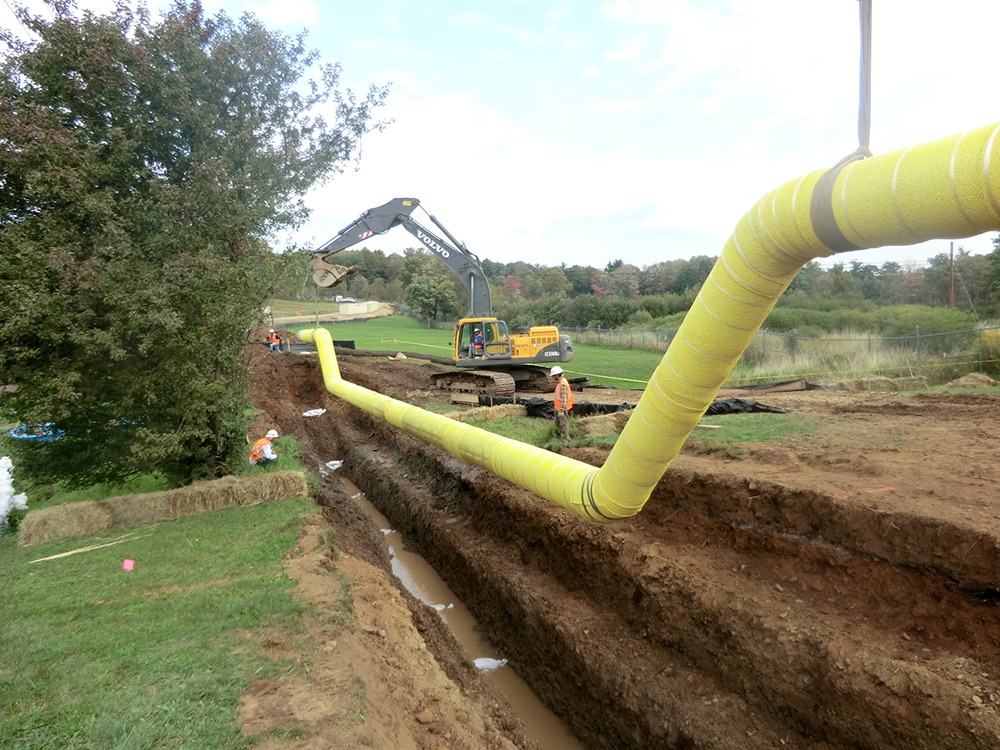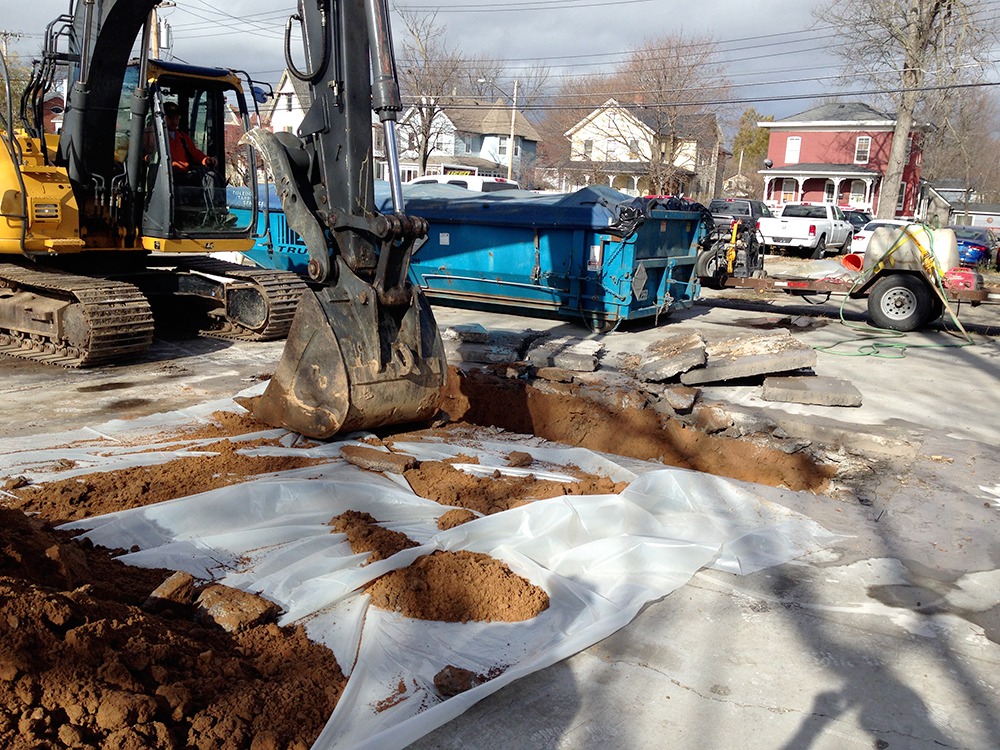
Environmental trusts
Haley & Aldrich answers persistent lithium contamination questions using high-resolution site characterization technologies
3 months
to resolve issue that had stalled project for two years
Summary
- During a cleanup effort that targeted vanadium contamination, a client detected high levels of lithium in the groundwater. But did the findings result from contamination or from a naturally occurring deposit? A difficult, expensive cleanup was at stake.
- After two site characterization efforts failed to rule out contamination from site operations, the client retained Haley & Aldrich to perform a third, using an approach better suited to the site’s complexity.
- The Haley & Aldrich team used high-resolution site characterization (HRSC) technologies to quickly collect detailed information about the distribution of lithium in the subsurface. We reviewed data in real time throughout the collection stage and modified the field program for maximum efficiency.
- Our data showed conclusively that lithium occurred naturally in the subsurface and that removal was not necessary.
- Within three months of becoming involved, we helped our client clear a hurdle that had stalled the project for two years.
Client Challenge
Lithium is an integral ingredient in many modern technologies, like the renewable batteries that power cell phones. It also stubbornly resists conventional cleanup techniques when the lithium is released from mine sites or manufacturing facilities.
The decontamination methods that do work on lithium are not only difficult and expensive; they’re also often unnecessary because naturally occurring lithium deposits pose no known risks to humans or the environment. Natural lithium deposits and lithium contamination caused by human activities are difficult to tell apart, but distinguishing one from the other is critical when the time and expense of a cleanup are at stake.
Our client faced such a dilemma when the U.S. Environmental Protection Agency (EPA) found high levels of lithium in groundwater at a cleanup site in southeast Idaho, the former site of a vanadium manufacturing facility. The subsurface conditions at the site are exceptionally complex, so the significance of the EPA’s finding was unclear: Was the lithium naturally occurring or was it a result of the facility’s production of lithium batteries? If the vanadium was not removed or stabilized, could it impact the water supply? Should the cleanup effort address lithium in addition to vanadium and other constituents that were known to have been released at the site?
Two years of due diligence efforts followed, during which two separate investigations yielded data suggesting that the lithium was from a benign, naturally occurring lithium deposit but failed to rule out industrial activity as an additional source. The inconclusive results stalled the project.
Impressed by our technical skills and record of strong stakeholder advocacy, the client brought on Haley & Aldrich to take a new approach to determining whether the lithium was naturally occurring or a result of past site activities. We had recently characterized a similarly complex site, and we could draw on methods used at that site to get the stalled project moving again.
Our approach
We found that the first two site characterization programs had used methods and processes not well suited to the complex subsurface conditions at the site. The groundwater samples came from a sparse array of monitoring wells, and the rigid collection process revealed data gaps only when it was too late to address them. The resulting data points were like the pixels of a poor-quality digital image—they hinted at the subject’s features, but it was impossible to be certain of what they did or did not show.
Haley & Aldrich knew that the client needed a more precise definition of the lithium distribution in the subsurface and proposed using innovative HRSC technologies to provide this. In HRSC, depth-discrete groundwater samples are collected at closely spaced locations along one or more transects oriented perpendicular to the flow of groundwater, yielding high-resolution profiles of the lithium concentrations and distribution in the subsurface.
HRSC was at the center of our team’s data-driven, adaptive approach. We reviewed data in real time throughout the collection stage and modified our work scope accordingly. Adaptive sampling allowed us to quickly refocus our investigation on where the lithium was and not waste time and money investigating areas where we determined that it didn’t exist.
The third round of site characterization was indeed the charm: The data from our HRSC work showed that a naturally occurring deposit was the source of the high lithium content in the groundwater. We concluded that lithium was not mobilizing off the site nor contaminating municipal water supplies and removal was not necessary. The EPA, citing our comprehensive data set, agreed with our conclusions.
Value delivered
- Persuaded the EPA to remove lithium as a contaminant of concern for the project site with our innovative characterization approach, reliable results, and skilled communication
- Within three months, helped our client clear a hurdle that had stalled the project at the due diligence stage for two years
- Safeguarded an important southeast Idaho water supply and saved our client hundreds of thousands of dollars on an unnecessary cleanup
For more information, contact:

Service Leader, Contaminated Site Management

Senior Technical Specialist, Geoscientist












